All-round care, warmth along the way
With the arrival of winter, the temperature gradually drops. For the elderly whose physical functions gradually decline, keeping warm during outdoor activities has become an issue of urgent concern.
Reasonable warming measures can not only prevent various health problems caused by the cold in the elderly, but also allow them to maintain physical and mental pleasure while enjoying the winter sun.
This article will discuss in detail all aspects of outdoor warming for the elderly in winter, from the choice of clothing, head protection, hand and foot warmth, to outdoor activities precautions, to provide a comprehensive warming guide for the elderly.
Clothing selection: dual considerations of fabrics and styles
1. Fabric selection
Wool and cashmere: Wool and cashmere have become the preferred fabrics for outdoor activities in winter for the elderly with their excellent warmth retention and breathability. They can effectively lock in body temperature while maintaining air circulation, reducing sweat accumulation, and avoiding colds.
Synthetic fibers: Synthetic fiber fabrics such as polyester and nylon are suitable for making windproof and waterproof jackets and pants because of their wear resistance and quick drying characteristics. These fabrics can effectively block the invasion of cold winds and keep the body warm and dry.
Blended fabrics: Combining the advantages of natural fibers and synthetic fibers, blended fabrics are both warm and breathable, suitable for making multi-layered outdoor clothing, such as fleece jackets, jackets, etc.
2. Style selection
Multi-layered dressing: Use a multi-layered dressing method to flexibly adjust clothing according to the temperature and activity intensity. The inner layer chooses a material that absorbs and wicks moisture, the middle layer focuses on warmth, and the outer layer emphasizes windproof and waterproof.
Loose and moderate: Clothing should not be too tight or too loose. Too tight will affect blood circulation, and too loose will not be conducive to warmth. Choose loose and moderate clothing to ensure flexibility of movement and effective warmth.
Easy-to-wear and take-off design: Considering the possible joint problems of the elderly, choose clothing with zippers, Velcro and other easy-to-wear and take-off designs to facilitate the elderly to dress independently.
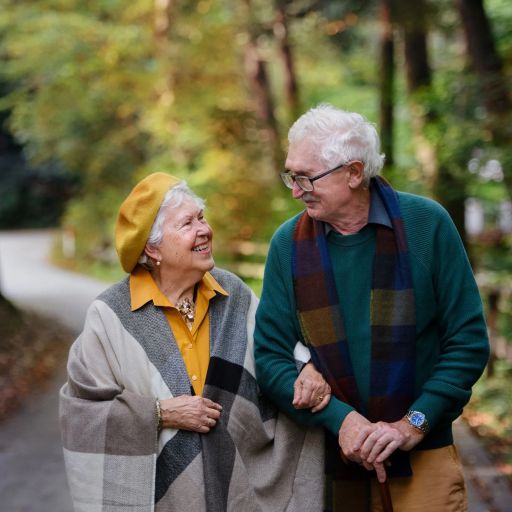
Head protection: Guarding the "source of warmth" of life
1. Hat selection
Material: Choose wool, wool yarn or a hat with warm filling to ensure the warmth of the head. At the same time, the hat should have a certain degree of breathability to avoid discomfort in the head caused by long-term wearing.
Style: Choose a hat that can cover the ears and head, such as a beret, knitted hat, etc. For the elderly who are easily affected by the wind, you can also choose a hat with earmuffs to further enhance the warmth effect.
2. Scarves and neckbands
Material: Also mainly made of warm materials such as wool and wool yarn to ensure that the neck is warm.
Style: Choose a scarf or neckband that fits the neck tightly to prevent the cold wind from invading the neck. At the same time, the color and pattern of the scarf can also add a touch of color to the winter outfit of the elderly.

Keeping hands and feet warm: Warmth in the details
1. Choice of gloves
Material: Choose wool, wool yarn or gloves with warm filling to ensure warmth of the hands. For the elderly who need to operate mobile phones, you can also choose warm gloves with touch screen function.
Size: The gloves should be slightly larger than the actual size of the hand so that the fingers can move freely. At the same time, the wrist of the glove should have a certain elasticity to prevent the cold wind from invading from the cuffs.
2. Choice of socks
Material: Choose socks made of wool, cotton or blended materials to ensure warmth of the feet. These materials have good moisture absorption and breathability, which can keep feet dry and comfortable.
Thickness: Choose the appropriate sock thickness according to the temperature changes. In extremely cold weather, you can choose fleece or double-layer socks to further enhance the warmth effect.
3. Shoe selection
Material: Choose waterproof and non-slip shoes to ensure that your feet are warm and safe during outdoor activities.
Warmth: The inside of the shoes should have good warm fillings, such as wool, wool yarn, etc. At the same time, the soles should have a certain thickness and elasticity to reduce the impact on the feet when walking.
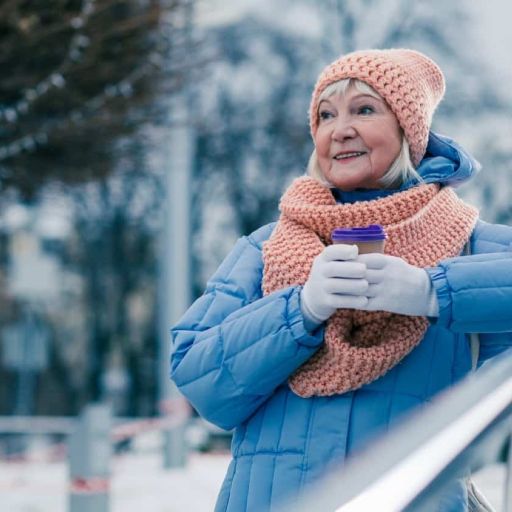
Precautions for outdoor activities: Safety and health are equally important
1. Activity time and place
Time: Avoid going out in the early morning and evening when the temperature is lowest. Choose a sunny afternoon for outdoor activities, which can not only enjoy warmth but also enhance physical fitness.
Location: Choose a flat and barrier-free outdoor place for activities, such as parks, squares, etc. Avoid walking on rugged or busy roads to reduce the risk of falls and injuries.
2. Activity intensity
Choose the appropriate activity intensity according to your health status. For the elderly with chronic diseases such as hypertension and heart disease, strenuous exercise should be avoided to avoid physical discomfort.
Before the activity, appropriate warm-up exercises, such as slow walking and stretching, should be performed to improve the body's flexibility and adaptability.
3. Protective measures
Carry first aid medicines and contact cards with you so that you can seek help in time in an emergency.
Wear reflective clothing or carry lighting tools such as flashlights to improve the safety of night activities.
Pay attention to weather changes, add or remove clothes in time to avoid colds and frostbite.
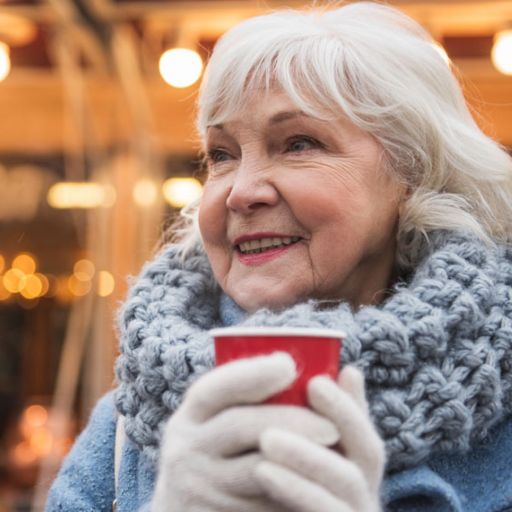
4. Diet and hydration
Eat properly before the activity to provide sufficient energy and nutrition. Choose easily digestible and calorie-rich foods, such as hot porridge, noodles, etc.
Replenish water in time during the activity to avoid dehydration. Choose warm water or hot drinks, which can quench thirst and keep warm.
5. Psychological adjustment
Maintain a positive and optimistic attitude and enjoy the fun of outdoor activities. Do activities with family or friends to enhance emotional exchanges between each other.
For the elderly who cannot go out due to physical conditions, they can learn about the outside world by watching TV, reading books, etc., and maintain physical and mental pleasure and vitality.
Keeping warm outdoors in winter is a systematic project for the elderly, which requires comprehensive consideration of clothing selection, head protection, hand and foot warmth, and outdoor activity precautions.
Through reasonable warming measures and scientific outdoor activities, the elderly can not only enjoy the good times of winter, but also maintain physical and mental health and pleasure. Let us work together to create a warm, safe and healthy winter outdoor environment for the elderly!
OTHER NEWS
-
- How to Arrange a River Cruise Trip for Yourself?
- By Kamal Singh 21 May,2024
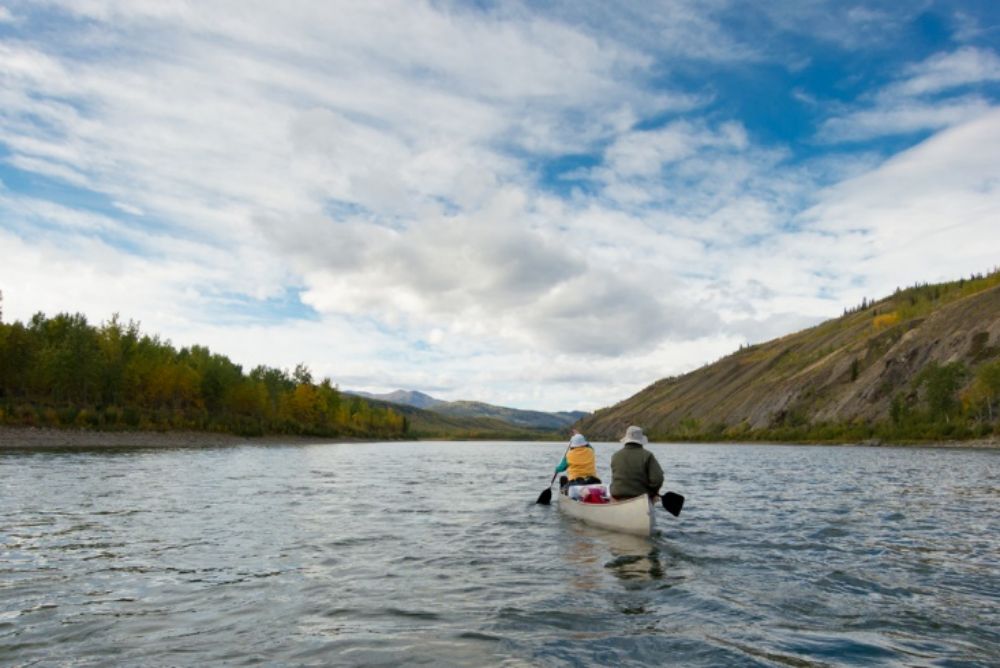
-
- Beyond the Tent: Secret Weapons for Epic Camping Trips
- By Kamal Singh 13 May,2024

-
- How to Choose the Right Sleeping Bag
- By Prodosh Kundu 19 Aug,2024

-
- How to Choose the Right Hiking Boots
- By Prodosh Kundu 19 Aug,2024
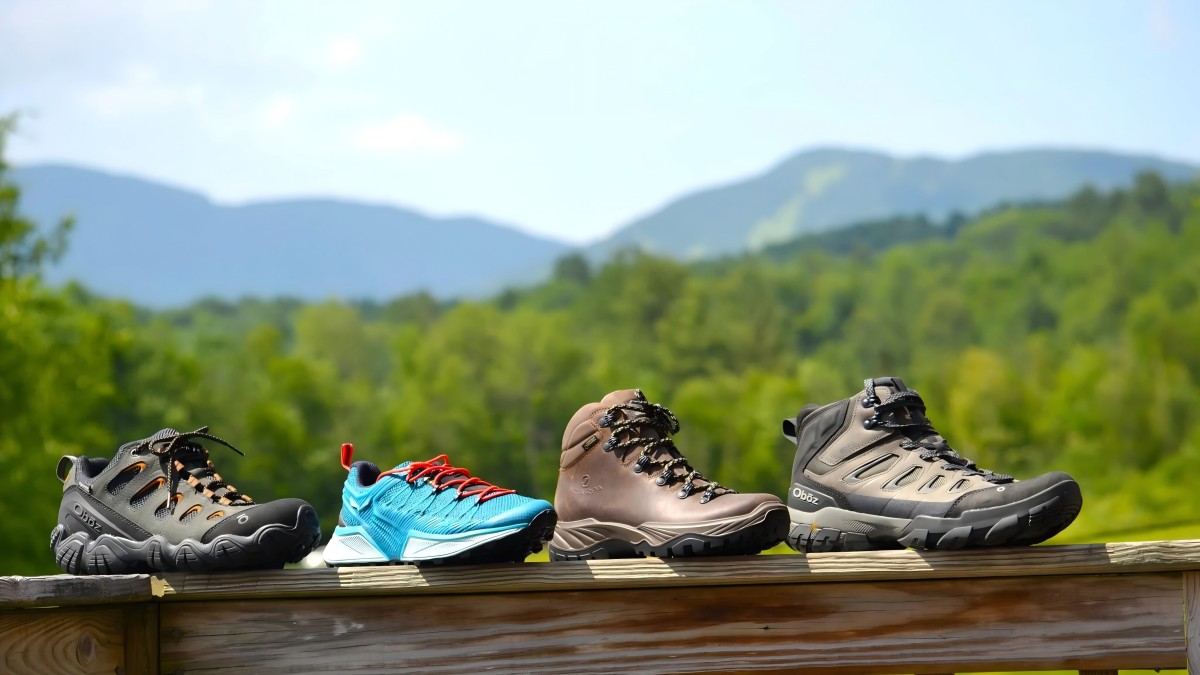
-
- Massachusetts Travel Guide: Everything You Need to Know!
- By Nauman Rehmat 17 May,2024
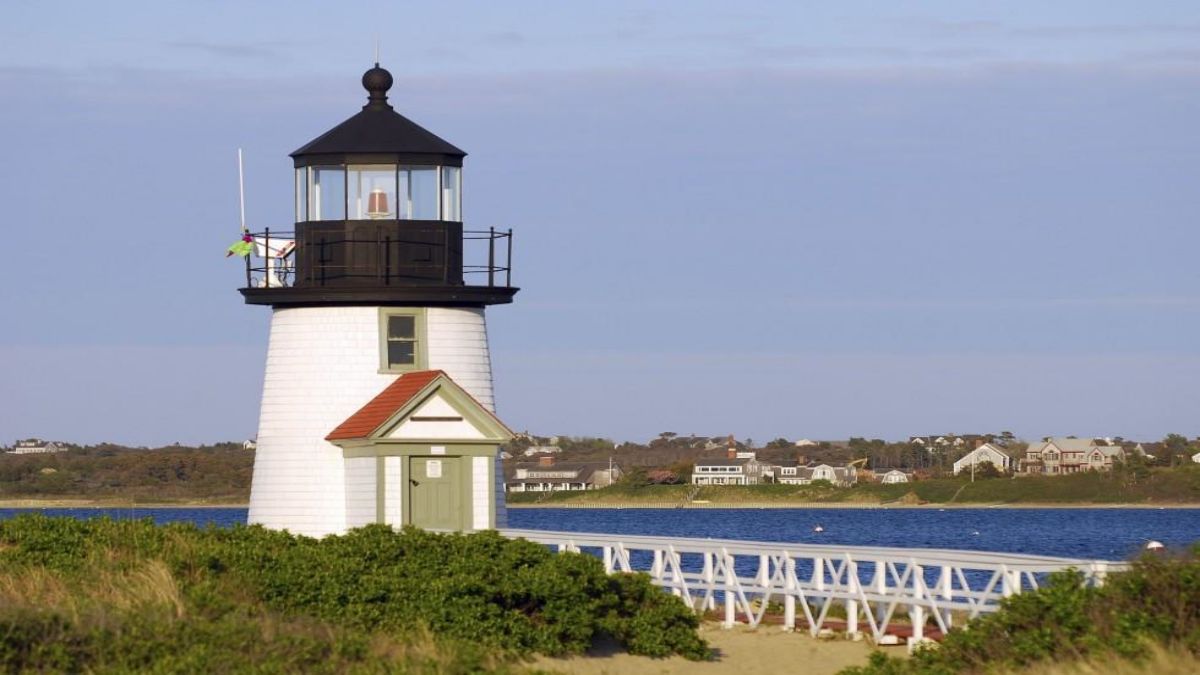
-
- Traveling Along American Riverbanks: Grand River, Red River
- By Kamal Singh 21 May,2024

-
- From Beginner Backpacker to Backcountry Boss: The Essential Camping Gear Checklist
- By Kamal Singh 25 Apr,2024

-
- Gear Up and Go: Your Beginner's Guide to Finding the Perfect Bicycle
- By Kamal Singh 17 May,2024

-
- How Seniors Can Prepare For A Hiking Trip: From Nutrition To Fitness
- By Prodosh Kundu 15 Oct,2024
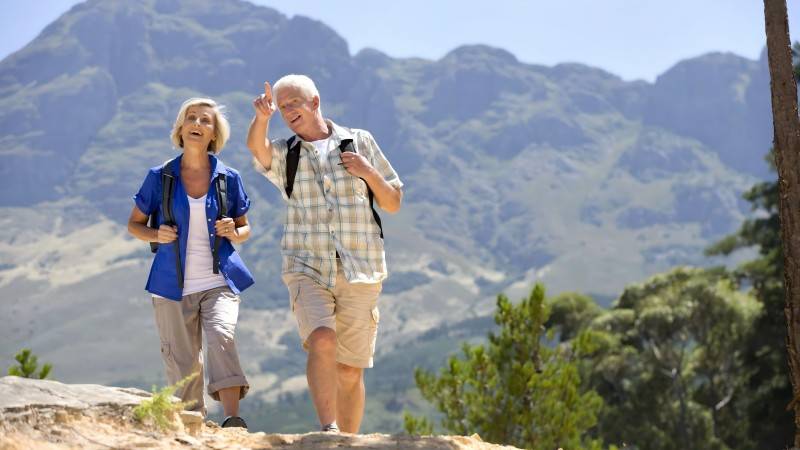
-
- How to Choose the Right Golf Equipment for Seniors
- By Prodosh Kundu 14 Oct,2024

-
- A Beginner’s Guide to Cycling for Seniors: Safety, Gear, and Techniques
- By Prodosh Kundu 15 Oct,2024
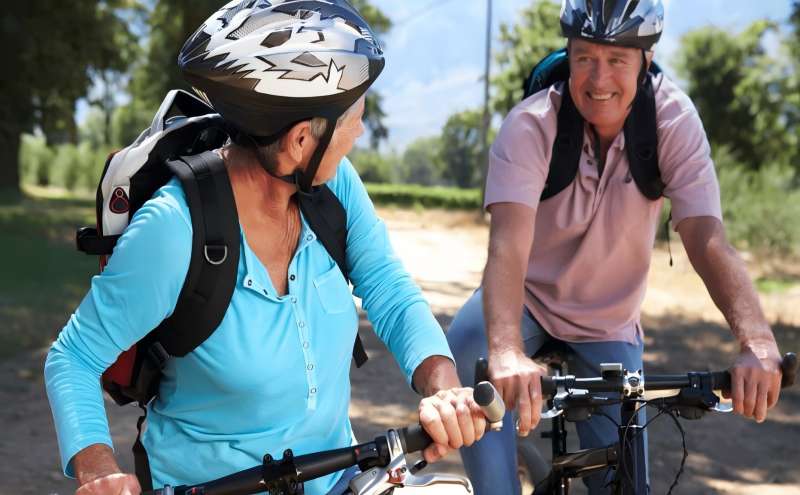
-
- Popular River Travel Destinations Around the World
- By Kamal Singh 21 May,2024
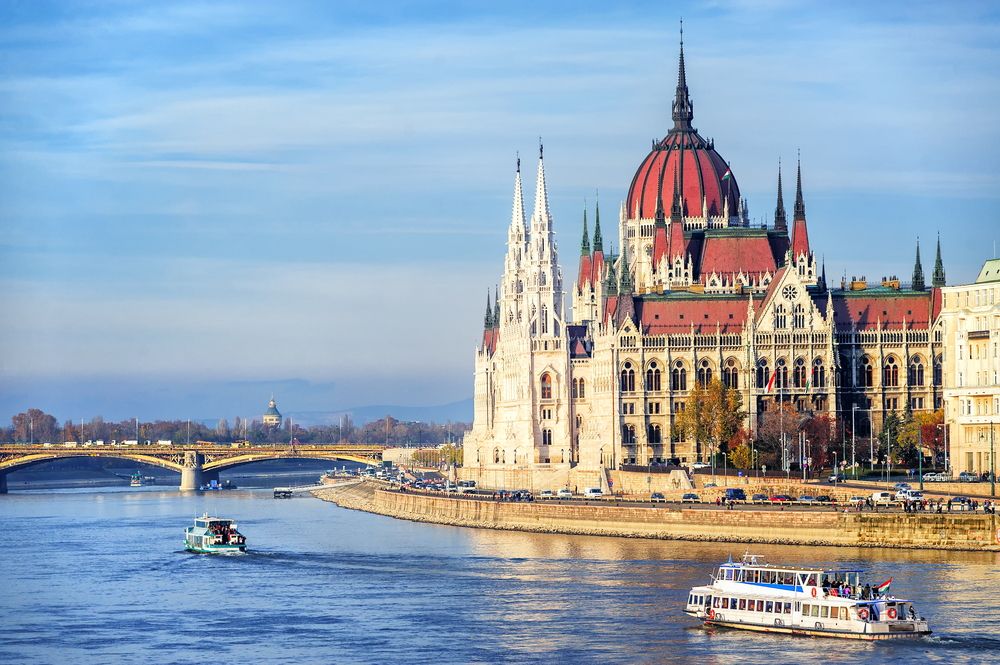
 1
1 1
1